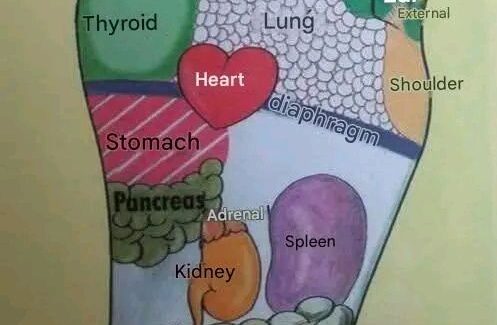
1. It’s a Love Bite (Really!)
Believe it or not, cats sometimes bite as a form of affection. This type of bite is usually gentle and may come during a petting session. It’s a throwback to kittenhood, when siblings would nip at each other during play and bonding.
💡 Tip: If the bite is light, brief, and followed by purring or rubbing, your cat is probably giving you a little feline love nudge.
2. They’re Overstimulated
Ever been petting your cat only to have them suddenly bite your hand mid-stroke? That’s called petting-induced overstimulation. Cats have sensitive nerve endings on their bodies, and too much petting—especially on the same spot—can overwhelm them.
💡 Tip: Watch for warning signs like tail twitching, flattened ears, or a quick head turn. These are your cues to stop before teeth get involved.
3. They’re in Play Mode
Kittens and younger cats especially tend to bite during play. If your cat doesn’t have enough toys or stimulation, your hands and feet might become the substitute. While it may start as harmless fun, repeated biting can reinforce unwanted behavior.
💡 Tip: Redirect your cat to toys, feather wands, or interactive games. Let your fingers off the hook!
4. They’re Feeling Frustrated or Anxious
Cats are incredibly sensitive creatures. If something in their environment changes—a new pet, a move, loud noises—they might express their stress through aggression. A bite in this case is less about you and more about what’s going on around them.
💡 Tip: Create a safe, calm space for your cat, and consider using pheromone diffusers or calming treats to reduce stress.
5. They’re Trying to Tell You “No”
Unlike dogs, cats don’t bark or growl as much to set boundaries. Instead, they may use body language—or a sharp nip—to say, “I’m done,” “Back off,” or “Don’t touch me there.” If you’re brushing a matted area or trying to trim nails, for instance, a bite might be your cat’s way of drawing a line.
💡 Tip: Respect their boundaries and take things slow. Use treats and positive reinforcement to help them feel more comfortable.
6. It Could Be a Medical Issue
Sudden or uncharacteristic biting behavior could indicate that your cat is in pain or feeling unwell. Conditions like arthritis, dental issues, or skin irritation can make even gentle handling painful.
💡 Tip: If your cat starts biting out of the blue, schedule a vet check to rule out health concerns.
How to Respond to a Bite
If your cat bites you, the key is to stay calm. Yelling, hitting, or aggressively reacting can break trust and make things worse. Instead:
-
Gently remove your hand and stop the interaction.
-
Avoid reinforcing the behavior—don’t reward the bite with attention or treats.
-
Observe what triggered the bite and adjust your behavior next time.
Final Thoughts
Cat bites might seem like a betrayal of the bond you’ve built with your feline friend—but in reality, they’re a form of communication. Your cat isn’t trying to hurt you for no reason; they’re expressing emotion, setting boundaries, or simply asking for space.
By learning to read your cat’s signals and respecting their needs, you can build a deeper, more trusting relationship—one that’s full of purrs, slow blinks, and (hopefully) fewer teeth.









